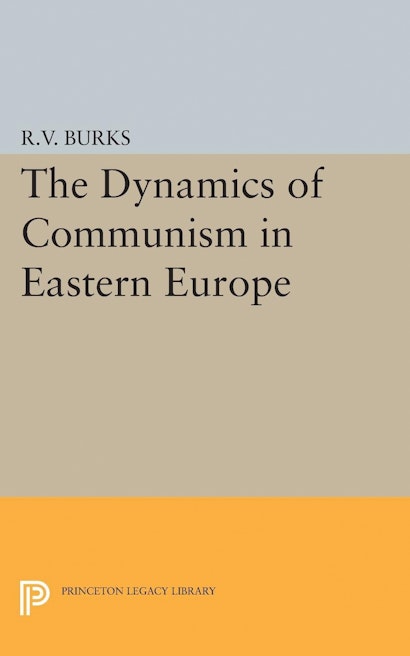Dynamics of Communism in Eastern Europe


Hardcover
- Price:
- $125.00/£105.00
- ISBN:
- Published:
- Apr 19, 2016
- Copyright:
- 1961
- Pages:
- 278
- Size:
- 5 x 8 in.
- Main_subject:
- Political Science
Paperback
ebook
Who are the people comprising the Communist movement in Eastern Europe? What is their motivation in joining the party? In a comparative analysis of the eight East European Communist parties—Polish, Czech, Magyar, Romanian, Bulgarian, Yugoslav, Greek, and Albanian—R. V. Burks offers precise knowledge about Communism’s adherents. The author conducted interviews with repentant Communists held in Greek prisons, with exiled members of the anti-Communist opposition, and with active members of the party; he also made a critical analysis of election returns and of original sources in a dozen languages. The-result is a wealth of specific information on the participants’ age, sex, education, professional training, social class, and ethnic origin. Basing his comparisons and conclusions on this data, Mr. Burks is able to point to some interesting discoveries: social class (at least as Marxism conceives of it) is hardly a factor in drawing these people to Communism, and the industrial worker is not the backbone of the movement. Instead, the effects of cross-cultural education, shifting world prices, and what might he called ethnic politics have directed these people to Communism. Mr. Burks has provided a close analysis of the anatomy of Communism in a crucial part of the world.
Originally published in 1961.
The Princeton Legacy Library uses the latest print-on-demand technology to again make available previously out-of-print books from the distinguished backlist of Princeton University Press. These editions preserve the original texts of these important books while presenting them in durable paperback and hardcover editions. The goal of the Princeton Legacy Library is to vastly increase access to the rich scholarly heritage found in the thousands of books published by Princeton University Press since its founding in 1905.